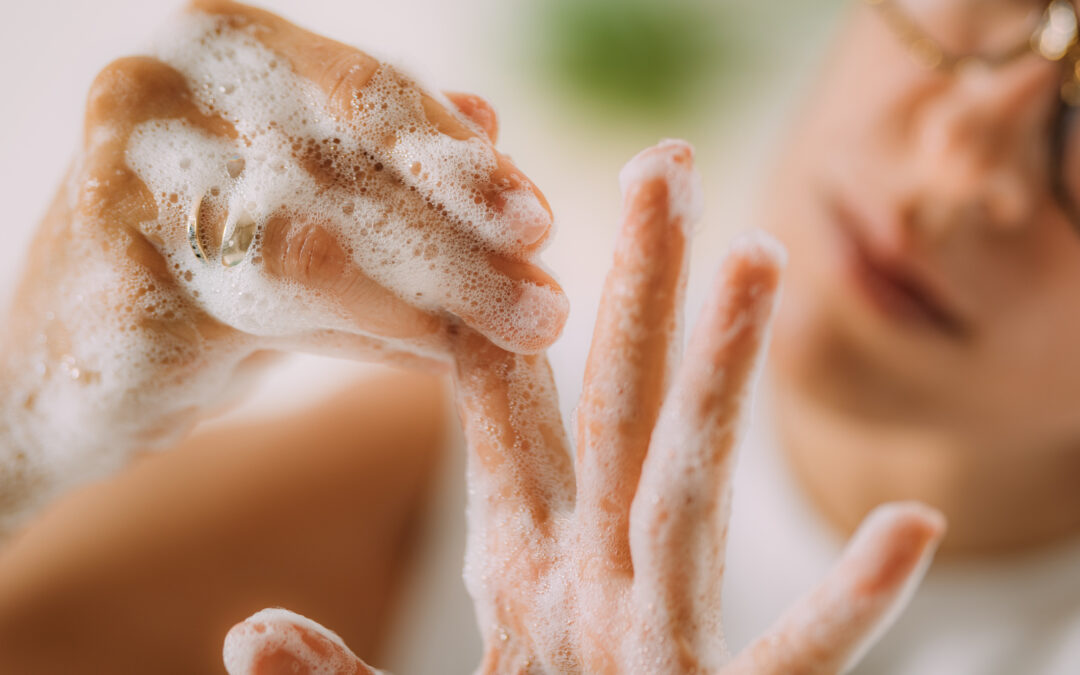Covid, Measles outbreaks, Mokeypox- it can feel overwhelming to manage the constant barrage of new threats. For most people, a significant behavioral change is needed to ensure safety, but for people with OCD or health anxiety, where do you draw the line? What are appropriate safety precautions, and what are compulsive safety-seeking or attempts to manage anxiety? Years ago, it would have been seen as obviously excessive for most people to wear a mask in public spaces, sanitize everything before bringing it into your home, and refuse people in your home, but now that may be exactly what’s needed to remain safe. An added component to this difficulty are the differences in how folks view these threats, complicating factors like having young children or being immunocompromised, and individual tolerance for risk. What might be excessive for one person may be necessary for another.
There is no one right answer to what is an “appropriate” level of safety precaution, again because each person will have a different set of circumstances to consider. The simplest way to explore if your safety precautions are appropriate, or potentially causing you more anxiety/distress, can be boiled down to three questions:
Is this in line with expert recommendations?
The more obvious way to assess your safety precautions is to find experts whose opinions and recommendations you trust. This could be medical doctors, scientists, government agencies, or ideally, a combination of several so you can ensure your information is reliable. For example, both the CDC and the Mayo Clinic advise washing your hands with soap and water for at least 20 seconds or, if that is not available, using hand sanitizer with at least 60% alcohol content. With this in mind, some folks may prefer to go a little beyond these recommendations, but it gives a good barometer for what is considered adequate for safety.
Is this safety precaution causing you harm in an effort to keep you safe?
This is truly the most important assessment. If washing your hands for 60 seconds feels more comfortable, there’s likely little harm and it could be appropriate to continue. However, if you begin using scalding water, harmful chemicals like bleach, or begin to experience peeling, cracking, or bleeding, it warrants an assessment of whether the safety precaution is appropriate.
Is this causing me to be unable to engage in necessary or preferred activities?
This is a slightly more challenging assessment because nearly everyone has experienced a decrease in their ability to engage in preferred tasks, or are having to engage in them in different ways than we used to. You might have to say no to a large gathering, or only meet with friends outside and masked when you would prefer not to. If you find yourself isolating, or feeling unable to engage in activities even when risk could be mitigated, it might warrant a closer look. Another major component to this question is how much time is being spent on the safety precaution. For example, there’s a major difference between a quick wipe-down on the groceries, and a 5 hour sanitizing deep clean. If you find yourself spending considerable time on safety precautions that you would normally spend on leisure activities, it may be worth exploring.
If you are noticing that your attempts to maintain safety are starting to become detrimental in other ways, please reach out, a trained therapist can help you find a balance between safety and anxiety that opens the door to joy and hope.
For more information, go to https://iocdf.org/expert-opinions/expert-opinion-contamination/
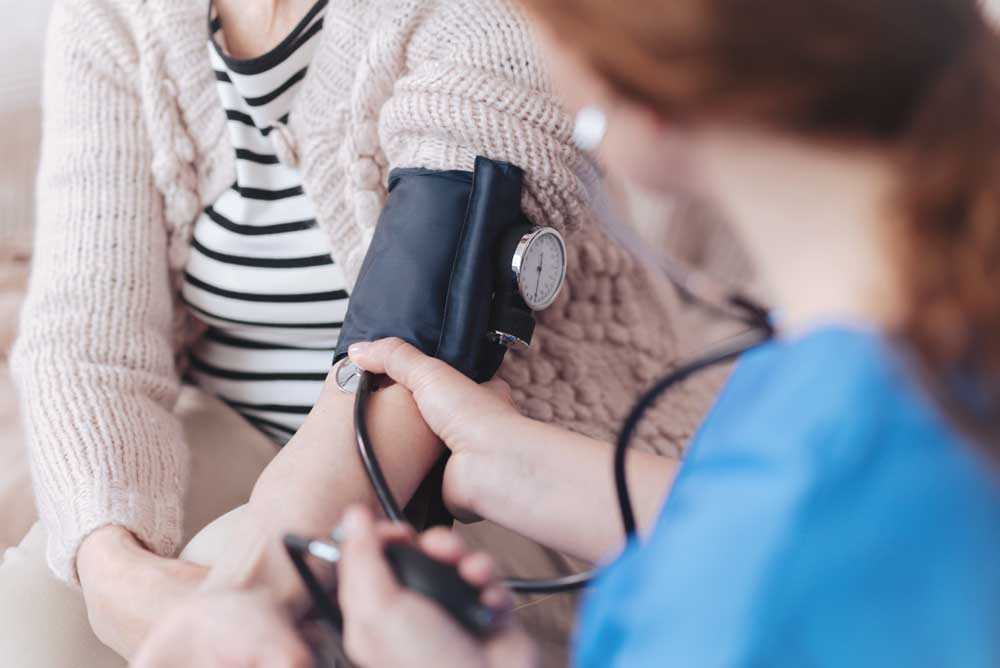
Anxiety and Stress: How Does Our Body React?
Have you ever wondered what's happening in your body when anxiety and stress are triggered? Stress and Anxiety are "fight or flight" responses, which allow us to react faster and more appropriately, depending on the situation. These have been incorporated in us...
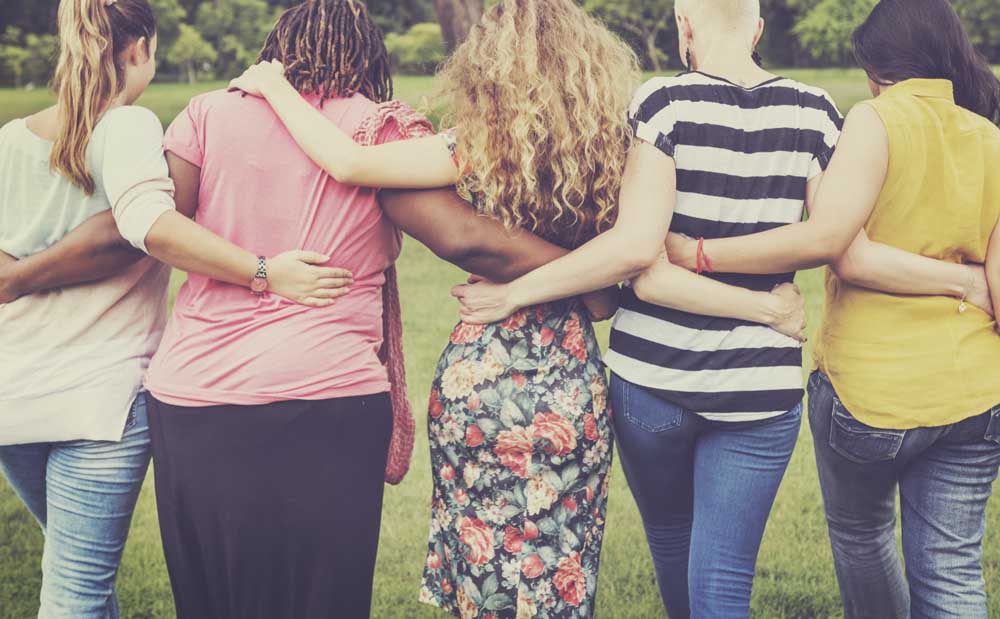
Anxiety: Your Friend?
Anxiety and panic attacks are uncomfortable. Sometimes anxiety is so physically uncomfortable that people experience heart palpitations, nausea, chest pain, dizziness, difficulty breathing, or faintness. Sometimes anxiety symptoms worry someone so much that they call...

5 Benefits of Mindfulness
There are a lot of terms floating around the online world out there and it can be difficult to determine which ones to trust as the real deal and which ones are simply trigger words or click bait. One of the up-and-coming ones is mindfulness. As more and more...
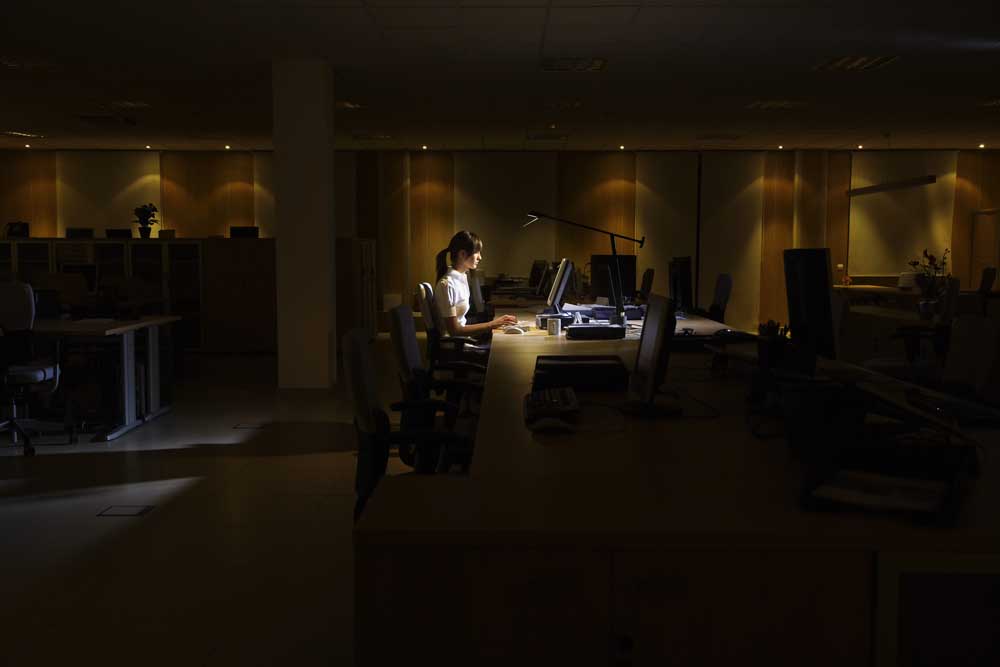
Workaholism: The Hidden Epidemic
— WORKAHOLICS ANONYMOUS MEMBER Workaholism is described by some as the “respectable addiction,” though its affects can be destructive and even deadly to those who are compulsively addicted to work. How can you tell if you are a workaholic? How do we distinguish...

How to Ruminate Purposefully
Do your thoughts ever end up stuck in the past, replaying a conversation or event in your head? Susan Nolen-Hoeksema from Yale University describes ruminating as “a mode of responding to distress that involves repetitively and passively focusing on symptoms of...

How to Gear Up for an Awkward Conversation
Years ago, I was the guitarist in a rock band. Well, okay, the term “rock band” might be a bit of an exaggeration. It was really a group of fresh-faced college students playing children’s music at local parks. The trouble was, our drummer had just learned some fancy...
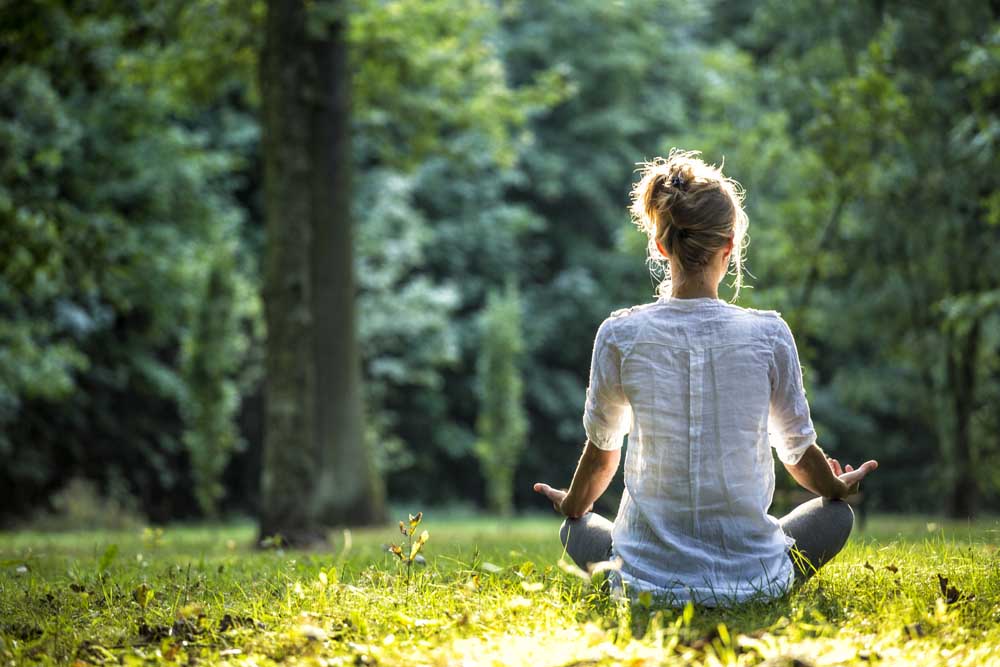
10 Places to Relax around Vancouver, WA
Are you exhausted by the burden of responsibilities you’ve been shouldering? Do you need a break or a breather, even if it’s just for a few moments? Self-care is an essential component of survival in this busy world! All of us need moments when we can slow down and...
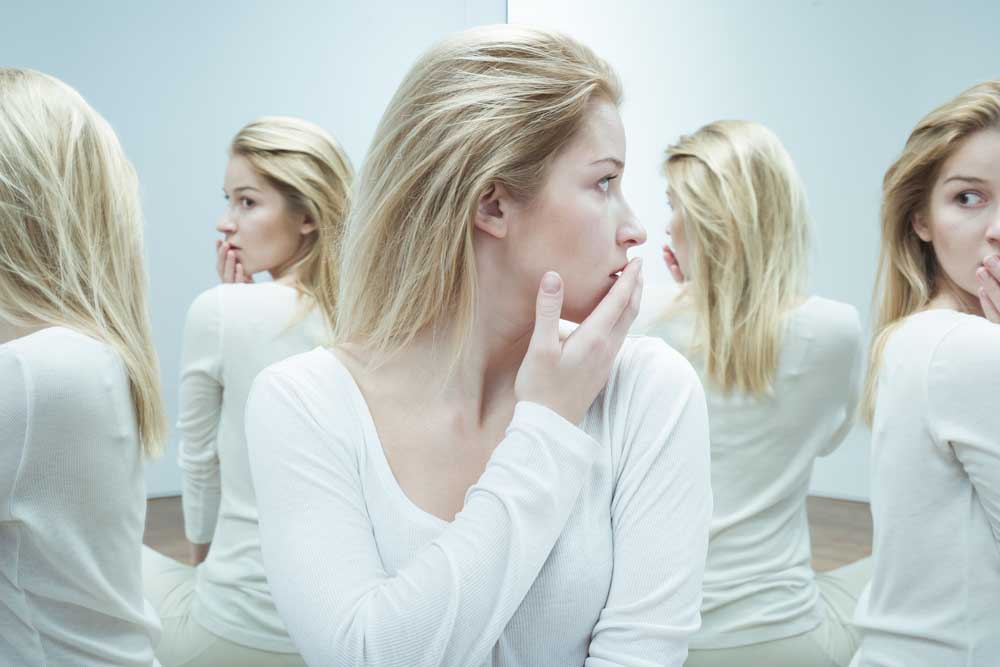
15 Ways to Get MORE Socially Anxious
Have you ever wondered how social anxiety grows? Follow just one of the steps below and you’ll for sure notice it inching upward over time. Follow several of the steps and you’ll notice it grow by leaps and bounds. PLAY IT SAFE and only talk to people you know....

5 Tricks for Falling Asleep
Are you one of the 30% of Americans that have had bouts with insomnia? Do you get less than the recommended 7-9 hours of sleep each night (or 8-10 hours for teens)? Sleep loss can have profound impacts on a body’s physical and emotional health. Bad sleep can...
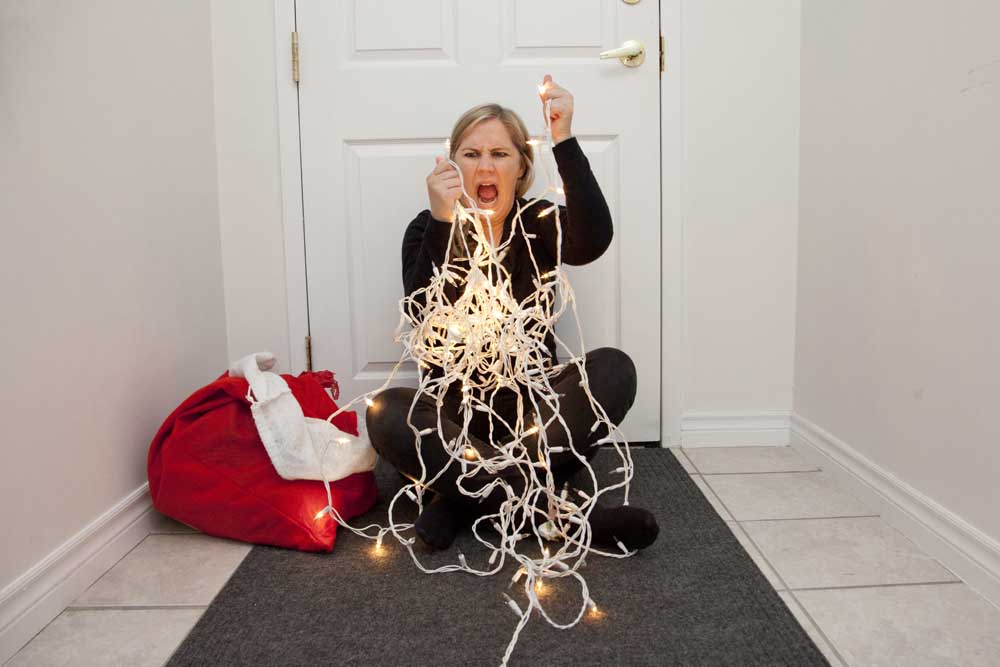
How to Cope with Stress & Loss around the Holidays
For some, the “most wonderful season of the year” is anything but wonderful. Any number of things can make this season challenging: Feelings of loneliness Worry about how family members will get along Missing a loved one that is no longer with you Guilt about...

